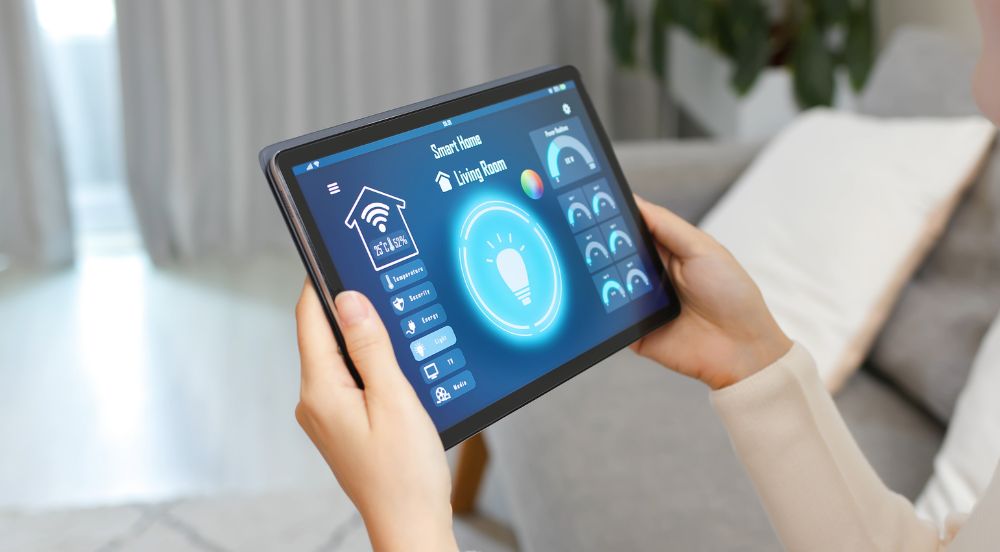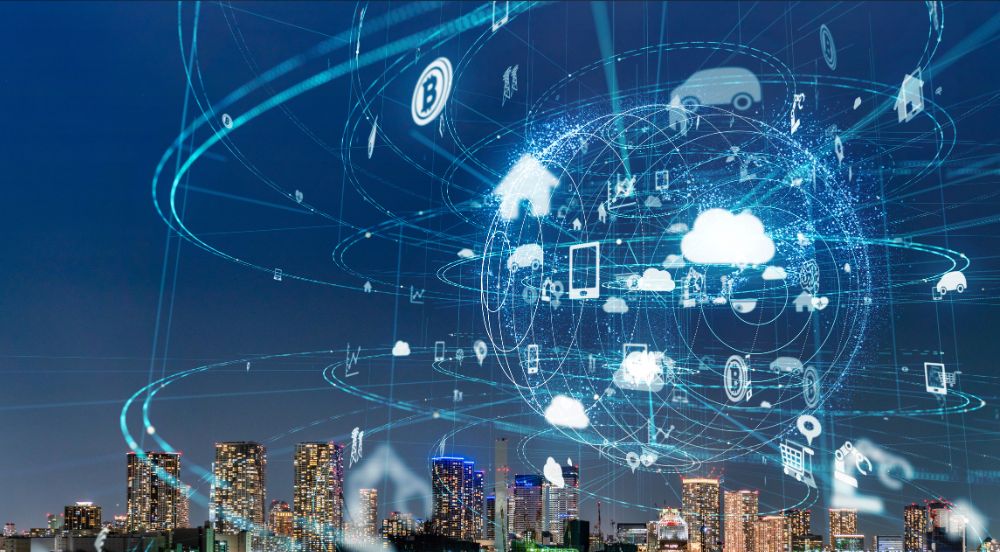Connecting Communities, Empowering Tomorrow: Smart Cities for a Brighter Future
In urban environments, the Internet of Things (IoT) is adept at effectively resolving various challenges. These challenges span across the ‘metering’ domain, encompassing areas such as energy consumption, air quality, and tracking occupancy. Furthermore, IoT serves as a valuable tool for monitoring urban resources, machinery, and individuals within the city.
ENERGY & CO2 FOOTPRINT

The platform for public service entities, including administrations, sports facilities, schools, and more serves as a crucial tool to monitor and optimize energy use. It allows for the definition of goals and key performance indicators (KPIs) for energy consumption monitoring, offering in-depth analyses by location or consumption type through the collection of environmental and energy data. Access to dashboards and reports is available for the implementation of projects aimed at lowering energy consumption and reducing CO2 footprint.
AIR QUALITY MANAGEMENT

Pollution in the city's air, as well as interior air quality (COVID19) and health. The installation of sensors, their connection to a dashboard analytical solution, and the creation of alerts if a threshold is crossed.
WATER MONITORING

Leveraging the water consumption measurement solution, metering data is collected and automatically transformed into daily, weekly, monthly, and yearly consumption records. Customizable dashboards and reports facilitate the automatic aggregation of consumption data by floor, building, site, or overall. Alerts are triggered upon the detection of irregularities, such as under/overconsumption, leaks, or consumption occurring outside designated timeframes.
OCCUPANCY MANAGEMENT

In a world characterized by increasing mobility among employees and government workers, the task of identifying available office spaces and meeting rooms has become a significant challenge. The management of open work areas, distinguishing between free and occupied spaces, enables the efficient tracking of vacant positions and the generation of utilization data. This data, in turn, aids in optimizing the dimensions and quantity of workplace resources.
SMART HOME MONITORING

The city is notably characterized by extensive utilization of both human resources and equipment, including machinery and street infrastructure. Ensuring control over these assets, which involves tracking their usage and location, allows for swift responses based on precise status information. This proactive approach helps in averting potential problems and facilitates immediate action during emergency situations.
SECURING MUNICIPAL STAFF

Track field personnel and grant them the autonomy to report any potential threats.
